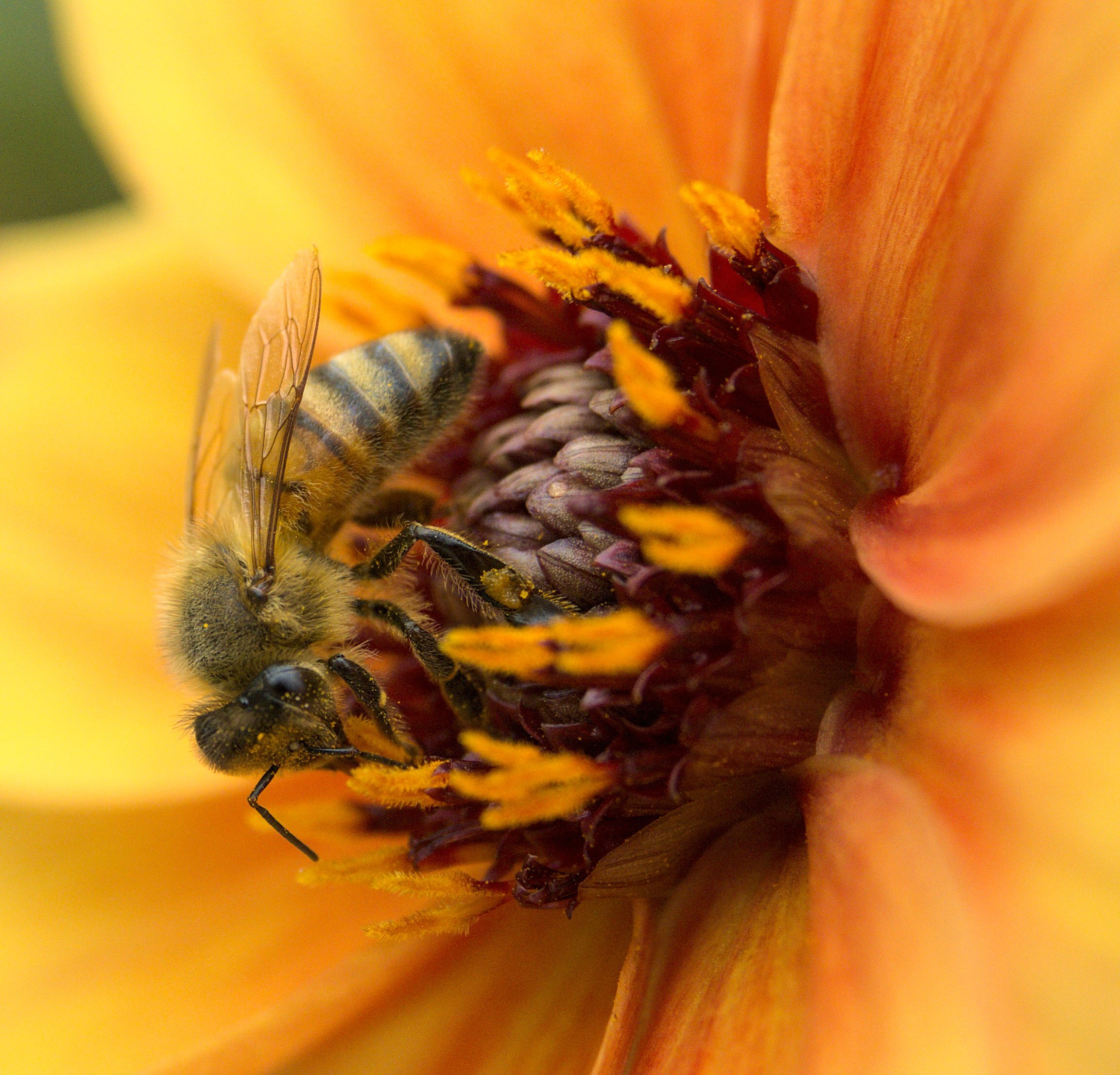Check the post title ;)
IMALlama
I am a bit sad that the available LEDs are so cool color temperature wise. I haven't bought a new light in years (and years and years). As a longtime EC4SW user, I approve of the form factor and the lack of screw on the tail to get the batteries out. The finish also looks interesting.
But that color temperature... Sigh. Will have to ponder for a bit.
Looks like it's closer to $160 now?
Agree that it's tempting. I wish the LEDs were a bit warmer.
Sounds like a fun trip!
and used my 15 year old REI Chrysalis solo tent for the first time in a while. It continues to hold up
A lot of our camping gear is seriously old. A Coleman fuel stove and lantern from the 70s, which still works although TBH propane is somewhat appealing.
Our tent is the same tent I used as a kid - a "3 person" dome from Eastern Mountain Sports, which was basically a smaller scale REI store. The tent must be pushing 30 and is still going pretty strong. It's held up really well to some pretty serious wind and rain on a few occasions too - much better than the newer tents of some of my friends. I low key dread having to eventually replace it.
Our kids are old enough to start camping with us soon, so it's about to see it's third generation.
For ACM - like aluminium honeycomb?
ACM is more of a sandwich. Aluminum, plastic, aluminum.
I have a boring old klicky. It works very for me 🤷
Great read, with some amusing asides.

Shots fired!
We probably have the same model - the one with the big oval stand. Every once in a while I wish it was OLED and/or higher resolution, but it's not worth the expensive or all the modern "features" such as these.
You know this, but I'll say it anyway. Discharging = heat and an implementation with no fan will probably result in shorter component life. Granted, someon else could use a quieter fan or a heat sync big enough to not necessitate active cooling.
If you're feeling adventurous, up size those resistors with through hole variety and offset them from the PCB so they get a bit more airflow.
Let us know what you end up with!
I personally am pretty happy with my 2.4, although I would suggest skipping the cable chains and going to an umbilical. I went the nitehawk route. If you're going to be printing ASA or ABS add an under bed carbon filter and bedfans. I would also suggest skipping to ACM panels if you plan on big ASA/ABS prints.
If you dig through my comments you can see me talking about it. Mechanical bed leveling, that actually squares the gantary to the bed, and Z calibration make for very consistent first layers.
$1,200 is Voron and RatRig territory. Vorons cap out at 350 mm^3^ for build volume and 500mm^3^ rat rigs are $1,550. I agree that plenty of folks are probably over buy on printers, but if you want this kind of build volume the price seems reasonable - especially for a printer that ships assembled. Personally, I went the Voron route and if I wanted a larger printer I would probably either just make my 350mm taller or go the RatRig route.
That said, high velocity on a large format printer isn't that useful for big prints IMO. You're probably going be running a bigger nozzle and laying down wide/tall extrusions, which means you're probably going to be limited by how fast your extruder can melt plastic. That's the case on my Voron with a Rapido HF with "only" a 0.6mm nozzle, 0.8mm extrusion widths, and 0.3mm layer heights.











Procedural generation of content in games is by no means a new thing. Even if the end state isn't completely procedurally generated, odds are a version of the asset was initially and a human touched it up as necessary. When you're talking about large asset sets (open world and/or large maps, tons of textures, lots of weapons, etc) odds are they weren't all 100% hand made. Could you imagine making the topology map and placing things like trees in something like RDR2?
That's not to say all this automation is necessary a good thing. It almost feels like we're slowly chugging through a second industrial revolution, but this time for white collar workers. I know that I tell myself that I would rather spend my time solving problems vs doing "menial" work and have written a ton of automation to remove menial work from my job. I do wonder if problem solving will become at least somewhat menial in the future.